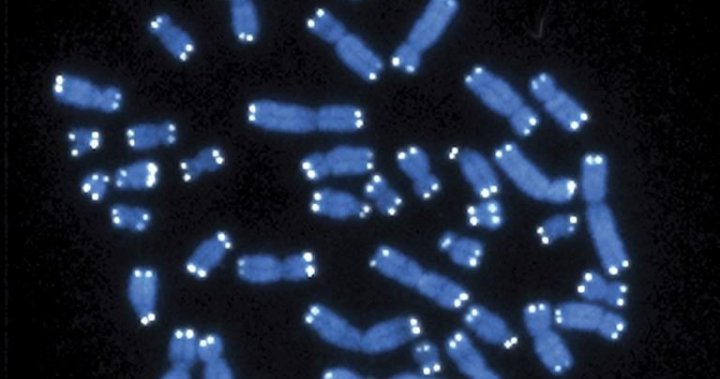Lorelei Dalrymple’s journey began with four years of unexplained illness. Debilitating fatigue and numbness plagued her, mimicking the symptoms of multiple sclerosis, yet her bloodwork consistently returned normal. The symptoms relentlessly worsened, forcing her to take a medical leave from her job. This dramatic shift contrasted sharply with her previously active life as a working mother. At the age of 43, her world was turned upside down by this mysterious ailment. Finally, at 47, she received a diagnosis that, while devastating, also brought a sense of relief: multiple myeloma, a cancer of the blood. Knowing the enemy allowed her to begin formulating a plan of attack, a stark contrast to the years spent grappling with an unknown illness.
Multiple myeloma is a rare blood cancer, affecting approximately one in 4,100 Canadians annually. Currently, there is no cure, and the average life expectancy after diagnosis is approximately eight years. Dr. Sabine Mai, a professor at the University of Manitoba, has dedicated her career to researching this challenging disease. Driven by the desire to improve patient outcomes, Dr. Mai embarked on a quest to understand the fundamental differences between normal cells and tumor cells. This research, fueled by years of dedicated work and substantial funding, has culminated in a groundbreaking development: TeloView.
TeloView is a novel diagnostic tool that utilizes 3D imaging of telomeres, protective caps at the ends of DNA strands that regulate cell lifespan. Normal cells cease dividing when telomeres shorten to a critical length. However, cancer cells defy this natural process, activating pathways that maintain even the shortest telomeres, effectively achieving immortality and unchecked proliferation. TeloView’s ability to visualize telomere length in 3D offers a unique window into the behavior of cancerous cells, allowing for earlier identification of individuals at high risk of developing multiple myeloma or experiencing relapse.
While TeloView is not a cure, it represents a significant advancement in managing multiple myeloma. Clinical trials have demonstrated its potential to extend progression-free survival. In patients with aggressive disease, who typically progress to full-blown myeloma within one and a half to two years, treatment based on TeloView findings resulted in 31% remaining progression-free for four years. By targeting high-risk individuals earlier, the potential for even more dramatic improvements in outcomes becomes increasingly likely. This breakthrough promises to shift the paradigm of multiple myeloma care, moving from reactive treatment to proactive intervention.
The journey to bring TeloView to patients is now focused on regulatory approval and market accessibility. Telo Genomics, the company co-founded by Dr. Mai, is pursuing approval in the United States, a common strategy for medical technology developers due to the larger market size. Dr. Sherif Louis, president of Telo Genomics, emphasizes that TeloView is clinically validated and ready for implementation. He envisions a future where this technology becomes a cornerstone of cancer diagnostics, driven by the clinical need for earlier and more accurate risk assessment. The ability to analyze cells in a three-dimensional context sets TeloView apart from existing technologies, positioning it to meet a significant unmet need in the healthcare market.
Despite the promise of TeloView, hurdles remain. The cost of these sophisticated tests is a major consideration, requiring strategies to ensure affordability and access for all patients. Reimbursement policies and insurance coverage will play a crucial role in determining how widely available this technology becomes. In Canada, once Health Canada approves a test, provincial healthcare systems typically cover the cost, simplifying access for Canadian patients. However, navigating the regulatory approval process and securing funding remains a significant undertaking. The projected demand for TeloView, estimated at over 500,000 tests annually, underscores the potential impact of this technology and the urgency of addressing these challenges.
For Lorelei Dalrymple, TeloView represents a beacon of hope, not just for herself but for future generations facing a multiple myeloma diagnosis. The ability to personalize prognosis based on individual DNA analysis could revolutionize patient care, empowering individuals to make informed decisions about treatment. While she acknowledges the complexities of the science behind this breakthrough, she finds comfort in knowing that brilliant minds are dedicated to unraveling the mysteries of this disease. Living with stabilized cancer, she cherishes each year as a milestone, her perspective forever altered by her experience. Dalrymple’s story is a testament to the power of research, the resilience of the human spirit, and the enduring hope that scientific advancements will continue to transform the lives of those affected by cancer.









